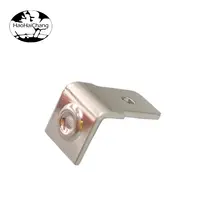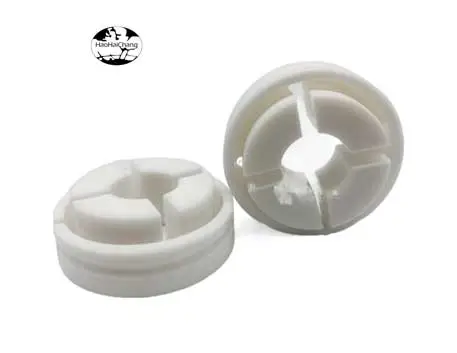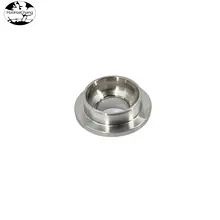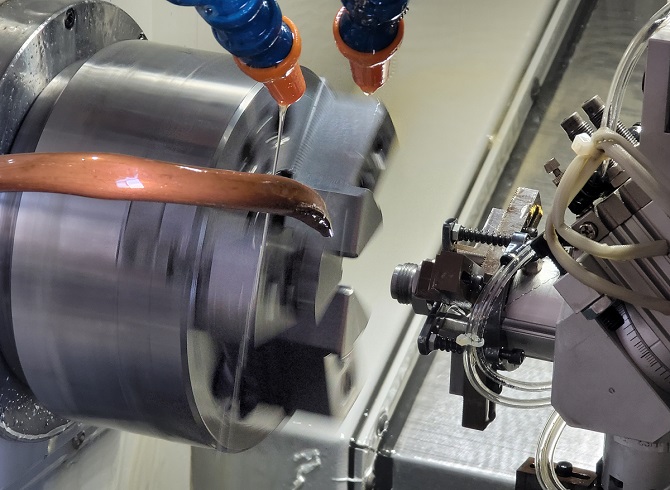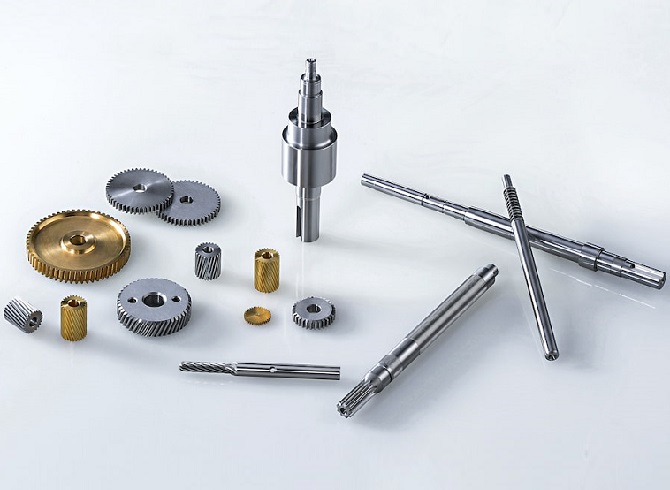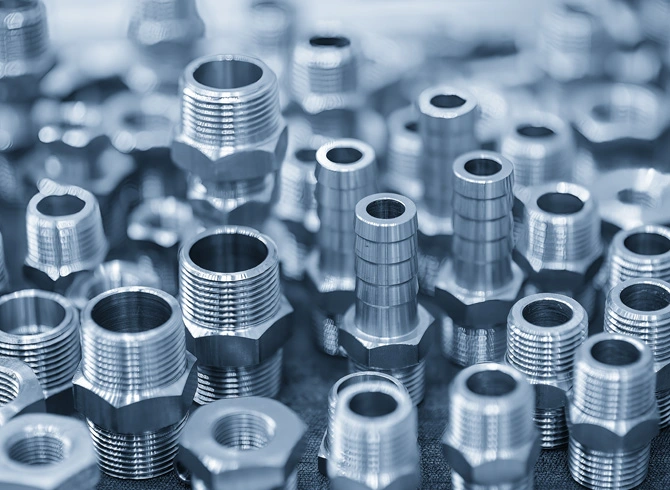Sheet metal manufacturing is one of the most popular manufacturing processes in prototyping. It aids in creating multiple durable components, from prototypes to mass-produced parts. With numerous commercial benefits, many industries utilize this process for their applications. However, the cost of sheet metal manufacturing is often a focal point of debate among product developers.
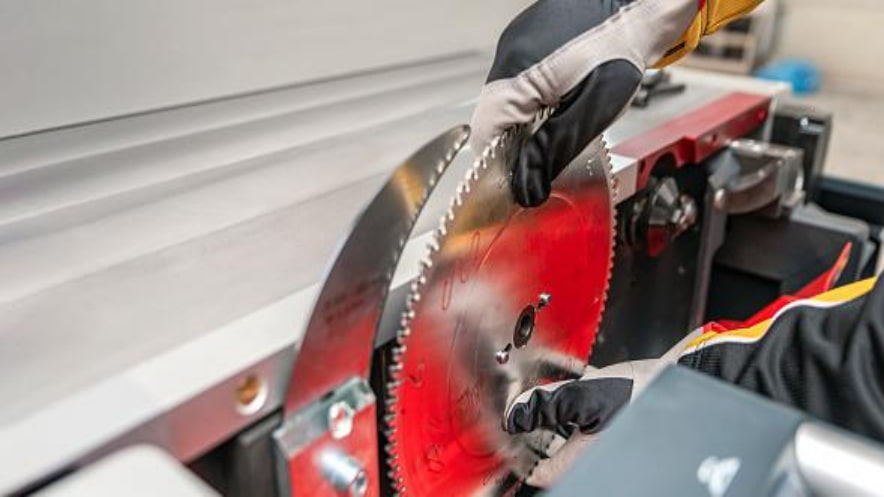
Every aspect of sheet metal manufacturing projects is accompanied by associated costs—design, possible prototypes, precision machining processes, etc. Besides the processes themselves, materials also incur expenses. Therefore, devising a cost-saving plan to fully leverage your sheet metal project is crucial.
This article summarizes various factors influencing sheet metal manufacturing costs and various techniques for cost reduction. But before that, let's discuss estimating sheet metal manufacturing costs.
Today's fiercely competitive market necessitates a thorough understanding of cost structures to formulate appropriate pricing strategies. The production cycle of sheet metal parts involves several stages, including cutting, bending, roll forming, stamping, welding, etc.
We will discuss the calculation of sheet metal manufacturing costs using simple ideas and concepts.
Step 1: Decompose the Production Cycle
Product development involves various cycles, and the production cycle often varies from one application to another and may have different stages. Therefore, we need to decompose the cycle into simpler processes. This way, we can focus on one cycle at a time.
Step 2: Calculate Material Costs
Manufacturing a product involves one or more raw materials. For example, making a drywall stud requires metal coils, wood bricks, and straps. At this point, we need to estimate the quantity of materials required to make one product.
The sheet metal manufacturing cost calculator estimates the material cost per product as follows:
Volume x Material Density x Material Cost (per kilogram) = Material Cost
Assuming $0.8 per kilogram is the cost of steel with a density of 7.4kg/dm3, for material with dimensions of 800 x 400mm and a thickness of 1mm, we have:
Material Cost = (8 x 4 x 0.01) x 7.4 x 0.8
Material Cost = $1.89
You must repeat this process for each type of material used in the process.
Step 3: Add Processing Costs
At this stage, you need to understand the hourly cost of the system or machine, the efficiency of the system, and the system's productivity (cycle time).
The formula for calculating machining costs is:
(Machine Cost per Hour x Cycle Time per Piece) / Efficiency = Machining Cost
For example, assuming a cycle time of 12 seconds, an efficiency of 85.5%, and a machine cost per hour of $78.4, we have:
Machining Cost = (78.4 x 12) / (0.855 x 3600)
Machining Cost = $0.30
Thus, the total direct production cost per piece is:
Material Cost + Machining Cost = Total Product Cost
Total Product Cost (per piece) = $1.89 + $0.30 = $2.19
Therefore, you'll notice that saving on material costs can significantly benefit production costs as it constitutes a substantial proportion.
Step 4: Repeat Calculations for Different Production Stages
We now have the production cost from raw material to output for Machine 1. Then, we can repeat this process using the sheet metal manufacturing cost calculator for other stages or machines. This will help complete the production cycle until the product delivery point.
Estimating sheet metal manufacturing costs is crucial for the project planning process. Technological advancements make cost-effective projects easier to accomplish. Despite expected cost reductions, estimating sheet metal manufacturing costs is paramount. Here, we'll briefly outline various factors influencing the costs of metal manufacturing projects.
Installation Pricing
The ease of installation and installation time will impact the estimation of sheet metal manufacturing costs. Sometimes, installation isn't bundled with material costs, thus adding to the overall manufacturing cost. Installation pricing typically includes expenses involving:
Hiring skilled professionals
Obtaining permits or licenses required for installation
Purchasing safety equipment for installation
Transport costs for delivering components to the installation site.
Material Costs
One of the primary tasks of metal manufacturing is material selection. It's worth mentioning that metal market conditions at specific times affect the overall prices of parts. Material prices frequently fluctuate, affecting how manufacturers comprehensively estimate their costs. Additionally, considering transportation costs, the distance between manufacturers and raw materials is another factor influencing overall costs.
The thickness of the metal used for manufacturing plays a crucial role in both material costs and labor costs. If your project requires multiple materials, this could increase costs. In certain cases, supply chains may be disrupted, leading to fluctuations in material costs.
Plating and Welding Costs in Sheet Metal Manufacturing
Let's consider this premise—welding pre-plated metal sheets isn't very safe. Overheating treated metals can release toxic zinc oxide from the coating. This situation is harmful to both workers and the environment. Welding risks and the labor involved are other aspects affecting sheet metal manufacturing costs, especially when using pre-plated sheet metal.
Now, suppose you decide to use uncoated cold-rolled steel for your project. Then, coating processes are conducted after manufacturing to enhance corrosion resistance. The overall result is an increase in your costs and delivery time. Therefore, you need to revisit your design and carefully examine methods to avoid welding.
Need for Physical Labor
Custom sheet metal manufacturing involves skilled manufacturers, including specialized assembly technicians, certified welders, inspectors, etc. The amount of physical labor required to complete the metal manufacturing process will affect the labor demand, i.e., the number of workers required. This also influences the estimation of sheet metal manufacturing costs.
The best manufacturing companies use computer-aided design to ensure customer satisfaction. Using CAD/CAM software during the manufacturing process also requires specialized skills, which can affect costs. Mechanical labor is another factor to consider. Using specialized tools and equipment incurs significant capital expenditure, which manufacturers often incorporate into each project. Achieving precise metal cutting and bending involves the use of force, heat, and pressure while aiming to improve speed and production quality.
Metal Structure
The metal structure and the resulting design complexity will affect the cost of manufacturing sheet metal. For example, the associated costs of sheet metal parts that can be easily manufactured through one-time stamping are lower compared to parts requiring multiple complex bends. Therefore, the fewer bends, cuts, and welds required by the project, the lower the costs.
Similarly, tighter tolerances and complex designs typically require longer manufacturing times, ultimately affecting cost estimates. Moreover, the complexity of metal structures and designs is closely related to labor costs. Therefore, it may be necessary to use Design for Manufacturability (DFM) for cost-effectiveness and quality.
Now that you understand the various factors influencing the costs of sheet metal manufacturing projects, let's look at how to achieve low-cost sheet metal manufacturing. The following tips will help reduce the overall cost of your project:
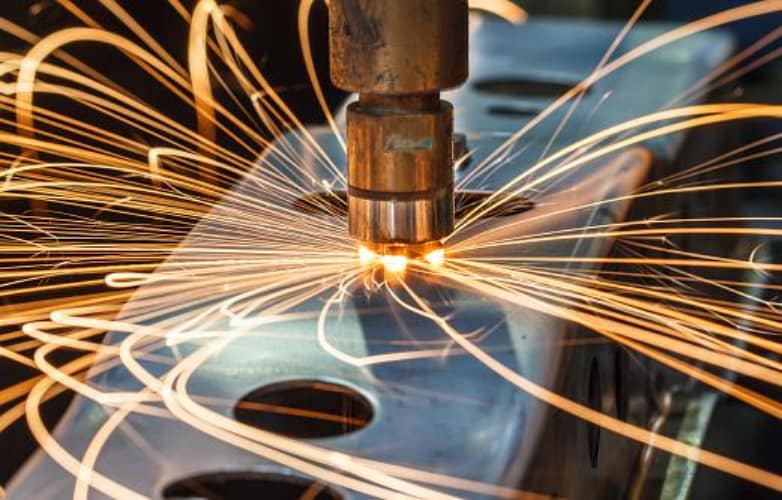
Choose the Right Materials
Since material costs affect sheet metal manufacturing costs, selecting the right materials for your project will help you save funds. In this case, stocking sizes of materials are often the best choice. Additionally, you should choose the cheapest materials for prototypes.
For example, you might opt for aluminum instead of stainless steel. For final production parts, it's advisable to choose the most cost-effective materials capable of fully fulfilling the part's function.
Purchasing materials directly from manufacturers can also help you negotiate material costs. Their relationships and experience with these factories ensure lower bulk pricing, which you can benefit from. Directly purchasing factory materials also means they can transport and store these materials in a cost-effective manner.
Use Common Sheet Metal Specifications
If possible, ensure your design utilizes standard sheet sizes and dimensions. These standard sheet sizes often cost less than special-length sheets. Thicker materials might make it difficult for you to achieve bending and cutting of parts. Therefore, it's best to design using common specifications and choose material grades based on current market conditions. This will help you reduce costs associated with variable gauges.
Additionally, metal sheets with variable specifications are usually specially ordered. This specially ordered material adds to the overall manufacturing cost. Hence, it's imperative to work with your manufacturer using standard gauges to achieve your manufacturing goals while keeping your costs at a minimum.
Avoid Complex Design Elements
As mentioned earlier, the more complex your design, the more expensive it tends to be. Parts requiring multiple cuts, bends, and welds incur higher costs. While specialized design elements may look great, they significantly add to the costs. Most of the time, aiming for simplicity is wise. Therefore, you want to design with simpler angle bends to lower manufacturing costs. The inner radius of such bends should equal one times the chosen material thickness.
Using small bends on large and thick parts is often inaccurate. Hence, you should try to avoid using them as much as possible. Maintaining consistent bend radii is another way to make the manufacturing process more cost-effective. You also don't want to add features such as blind holes, machined pockets, or chamfered edges if they're unnecessary. These features often increase delivery times and manufacturing costs. Proper sheet metal design guidelines will help you make the best decisions for your product.
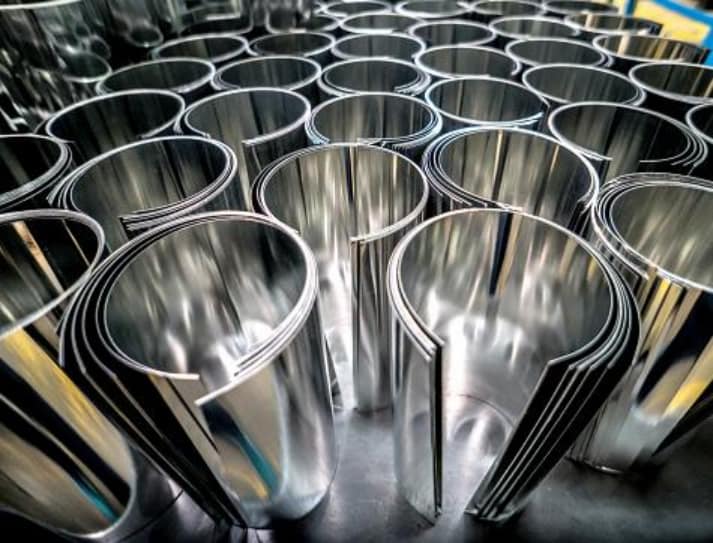
Consider Cost-Minimizing Finishing Options
Your one-stop solution for sheet metal fabrication choices often depends on various factors, including the application and aesthetic requirements of the parts. For example, if your parts are intended for harsh environments, using pre-plated metals might suffice.
However, if you need weld seams, pre-plated metals like galvanized metal aren't the best choice. You should also consider delaying finishing touches like engraving and silk screening until the final stages of product development.
Some materials are naturally corrosion-resistant. Therefore, they don't require overly specialized finishing. Specialized finishing may also require cost estimators to obtain external quotes, thereby increasing prices and delivery times. Some common finishes are cheaper and quicker. For example, finishes like chrome plating, passivation, anodizing, and powder coating are easy to obtain with minimal cost impact.
Partner with Professional Manufacturers
If you're aiming for low-cost sheet metal fabrication, manufacturers offering comprehensive services will be your best choice. You should choose a manufacturing company that can complete most processes in-house. For instance, Quick Turn can assist you in completing projects from design to assembly. Thus, there's no need for additional costs or outsourcing processes.
Therefore, you should look out for companies like HHC that utilize the most advanced sheet metal fabrication tools. In the long run, this helps save costs through faster production processes and the highest quality products. Additionally, when you work with professional manufacturers, you can ensure effective achievement of your business goals.
Other Tips
In addition to the techniques discussed above, some sheet metal fabrication design considerations can also help you lower costs. These include:
Adhering to appropriate strict tolerances – Parts with multiple features affected by tolerances often incur more costs. Some of these tolerance callouts include radii, distances, and hole sizes. Since only a few surfaces of the part are critical to its function, it's best to assign key tolerances to these surfaces. Limiting the use of strict tolerances will make the design more affordable.
Utilizing optimal bend radii – Another simple way to save on sheet metal manufacturing costs is to use optimal geometries in part design. Internal bend radii should typically fall between 0.030 inches and one times the material thickness. This way, manufacturers can easily form radii using tools specifically made for these geometries.
Considering fast, economical fasteners – Using fancy fasteners in your sheet metal projects also increases costs while slowing down manufacturing speed. Therefore, you should stick to using fast, economical, and readily available fasteners.


